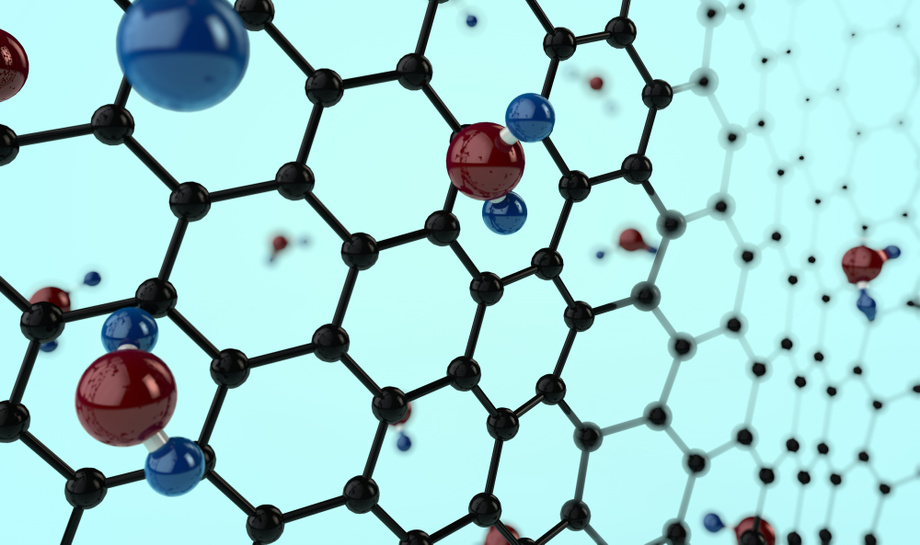
Background
The nanoscale confinement of noble gases at noncryogenic temperatures is crucial for many applications including noble gas separations, nuclear waste remediation, and the removal of radon. However, this process is extremely difficult primarily due to the weak trapping forces of the host matrices upon noble gas physisorption. Thus, the trapping and separation of noble gases, the most unreactive elements in the periodic table, at noncryogenic conditions is an industrially relevant challenge for energy, environment, and health applications.
Technology
Researchers at Stony Brook University demonstrate an activated physisorption mechanism that traps noble gas atoms with 2D (alumino)silicate nanocages. The ultrathin hexagonal prism nanoporous frameworks allow noble gas atoms to enter the nanocages in the form of cations with a significantly reduced trapping energy barrier and exit as neutral atoms with an ultra high desorption energy barrier. The mechanism demonstrates that a mixture of noble gases (Ar, Kr and Xe) can be trapped at room temperature and then separated by exploiting the notable differences in their thermal stabilities and releasing them at higher temperatures. These 2D materials are promising candidates for a variety of applications in noble gas storage and separation, with important implications in health and the environment.
Advantages
Low‑cost - Noncryogenic conditions - Non‑destructive, allowing the trapping and release processes to be reversible - Noble gas selectivity through thermal stability exploitation - Ultrahigh desorption energy
Application
Noble gas separation - Toxic gas absorption - Nuclear waste remediation - Removal of radon
Inventors
Yixin Xu, , Materials Science and Chemical Engineering
Mengen Wang, , Materials Science
Nusnin Akter, Graduate student, Materials Science and Chemical Engineering
Licensing Potential
Development partner - Commercial partner - Licensing
Licensing Contact
James Martino, Licensing Specialist, Intellectual Property Partners, james.martino@stonybrook.edu,
Patent Status
Patent application submitted
US20210178323A1
Tech Id
050-9196
